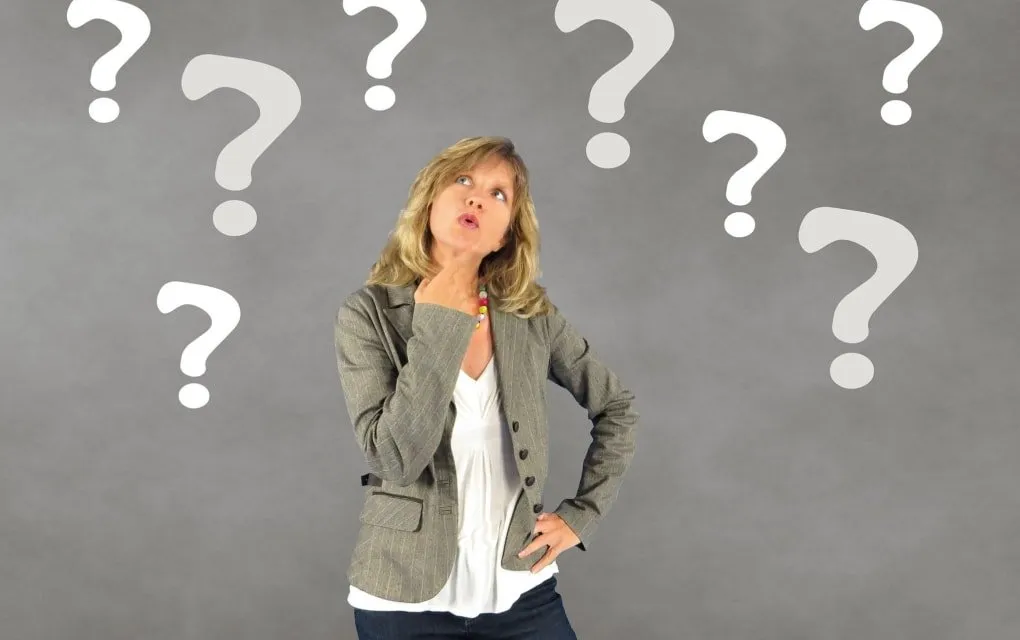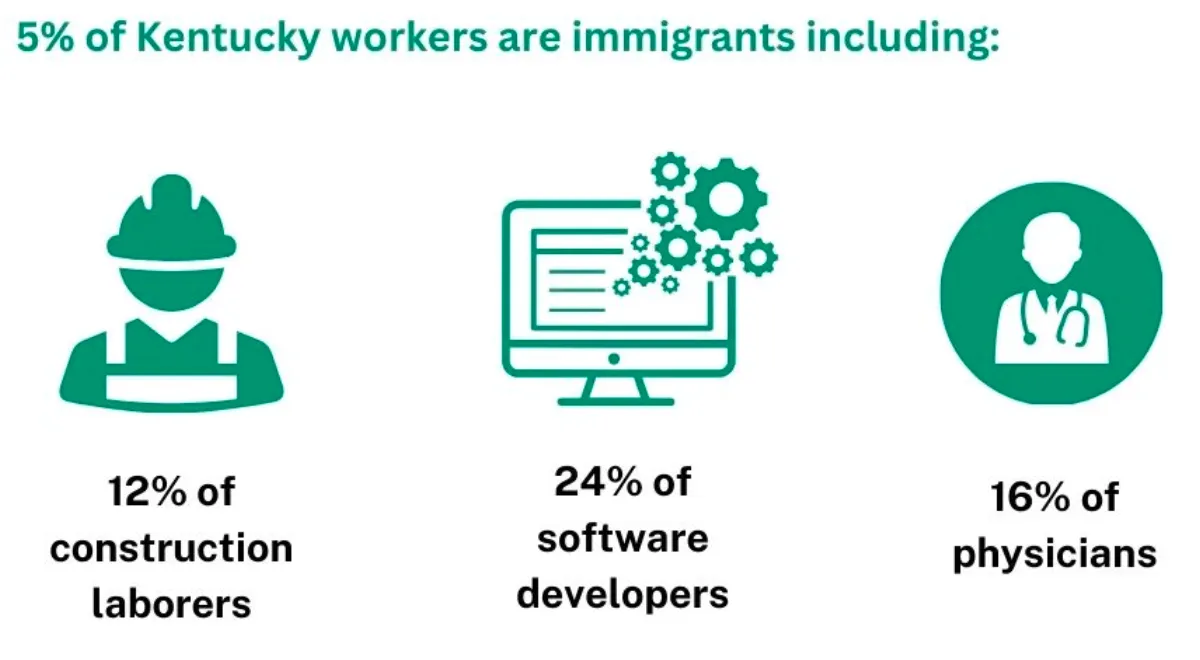Table of Contents
Kentucky still isn’t doing right by its schools and their students. Teacher pay has slipped behind competing states, and many students are stuck in failing schools. That’s part of the argument behind Constitutional Amendment 2 on the Nov. 5 ballot, which would repeal our state’s 133-year-old ban against public funding of private education.
There’s a case to be made for giving poor students alternatives to schools like those in Louisville that ranked at or near the bottom of the state’s latest test scores. But its main advocates seem to think that’s too narrow a focus, and/or too complicated an argument. Instead, they make broad claims that are largely unsupported.
The Protect Freedom PAC started its TV campaign with an ad saying, “The states that have had maturing school-choice programs are finding profound benefits in the public schools. Students have higher test scores, and there’s lower suspension rates, and those benefits are really profound with low-income students. That competition just elevates results for everyone.”
The ad gave no sources to support those statements, and it seemed to be a tee-up for ads that followed, from U.S. Sen. Rand Paul and his wife Kelley. The senator claims that “Studies show that more freedom and choice in education means more funding, and better results for all schools, public and private. In states with school choice, math, reading, and science scores have all risen.” He conveniently dropped the first ad’s qualifier that limited the claim to states with “maturing school-choice programs.”
In the next ad, Kelley Paul makes the same claim without even mentioning studies, and says teacher pay has risen in states with “school choice.” Well, teacher pay has risen in Kentucky, too, but not enough to keep up with competing states. And the “studies” the senator cited appear to be one paper by a free-market think tank that says “Basic economics predicts that greater competition for teachers’ services leads to higher teacher compensation.”
Maybe in theory in some places, but probably not in practice in Kentucky, a state of small towns and mostly rural counties that are unlikely to get many private schools if the amendment passes. The increased competition would come from the state’s cities, and the rural-urban disparity in teacher pay would grow unless the legislature changed its ways, which seems unlikely as long as it’s 4-to-1 Republican and keeps cutting taxes.
Several direct-mail ads make some of the same misleading claims. Americans for Prosperity touts “expanded resources for students with special needs,” but private schools can refuse to admit such students. An AFP door hanger says the amendment would “increase education funding” and “teacher pay,” with no sources cited. In the ultimate howler, the anti-tax group says the amendment would “protect public school funding.” There’s no basis for that, but the false assertion shows that advocates of the amendment know their biggest obstacle is public regard for public schools, especially in rural areas.
The misleading arguments even extend to ballot language written by the legislature, saying the amendment is proposed “To give parents choices in educational opportunities for their children . . .” Many parents already have such choices; if the language said “more parents” it would be accurate, but it would still be a sales pitch, which is inappropriate for a ballot question.
The first amendment on the Nov. 5 ballot seems designed to turn out voters for the second one. It purports to ban voting by non-citizens, which is already the law. Secretary of State Michael Adams, the state’s chief election officer, says it’s unnecessary – but he will vote for it. He would like to run for governor in 2027.
The legislature’s voter-turnout trick probably won’t be enough to pass Amendment 2, but don’t discount the misleading messages. They may be more believable because they’re not attacking anyone, as is usually the case, and the most visible are coming from a popular three-term senator and his wife.
The ads from opponents of the amendment are no models of fairness. They cherry-pick examples of states where public education suffered because taxpayer money was diverted to private schools. But the amendment would let the legislature go as far as it wanted, perhaps even subsidizing “dune buggies and expensive Lego sets,” as Arizona lawmakers did and Stateline reported.
If Amendment 2 fails, voters will send the legislature a message like the one they sent in 2022 by defeating lawmakers’ bid to keep courts from finding a right to abortion in the state constitution: Don’t go too far. That was a culture-war ballot question, driven by conservatives who have disproportionate influence in Republicans’ legislative primary elections. So are the current questions. May they be the last of their kind for a while, and may our legislators give Kentucky schools and students the funding they need to compete.
--30--
Cross-posted from the NKY Tribune.








